The Customization Factor: Tailoring Safe Rooms to Fit Your Dallas Lifestyle
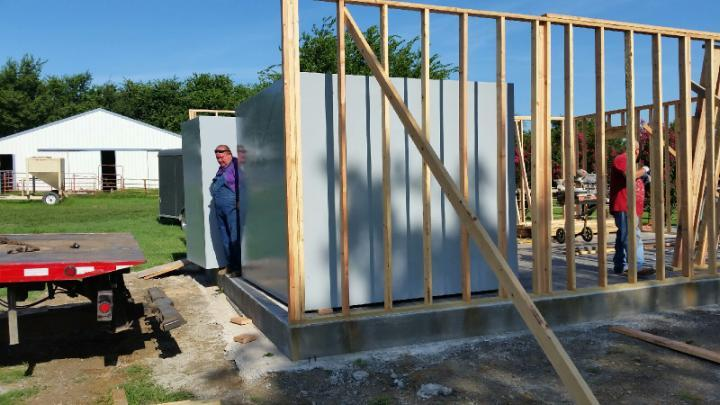
Discover the evolution of safe rooms in Dallas, where customization meets safety. Tailor your safe room to fit your lifestyle for personalized security and peace of mind.
Beyond Tornado Season: Why Every Dallas Home Needs a Safe Room
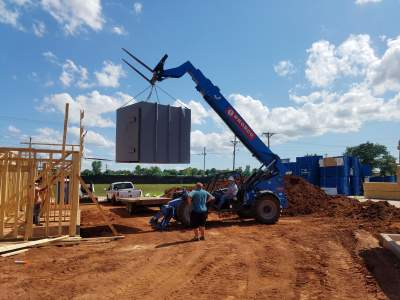
Discover why every Dallas home needs a safe room beyond tornado season. Learn about year-round protection, multipurpose functionality, and community resilience for comprehensive safety.
Fortifying Your Home: The Rise of Steel Storm Shelters in Dallas
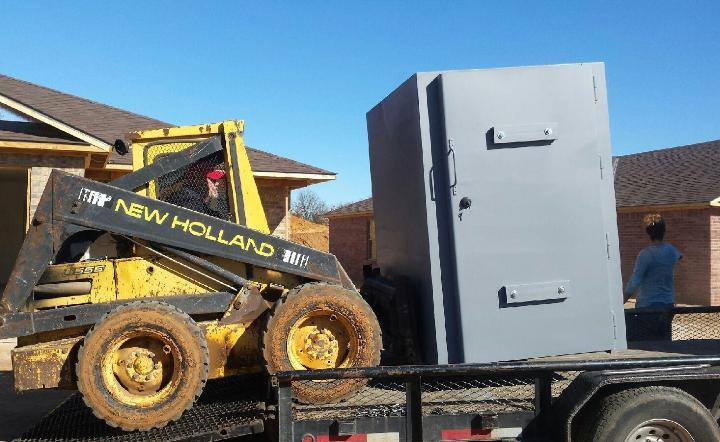
Explore the surge in steel storm shelters in Dallas. They offer a customized, accessible solution for fortifying homes against unpredictable weather challenges.
Unpredictable Elements: Understanding the Need for Storm Preparedness in Dallas-Fort Worth
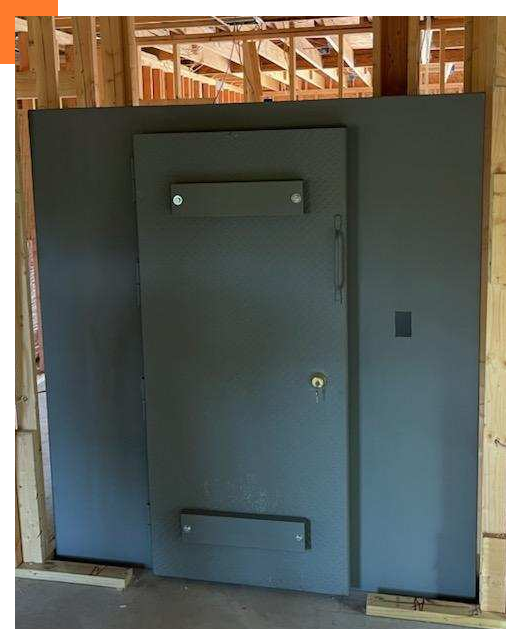
Discover the imperative need for storm preparations in Dallas-Fort Worth. From diverse storms to community collaboration, stay informed and secure in the face of unpredictable weather.
Safe Rooms: Your Ultimate Defense Against Natural Disasters – Infograph
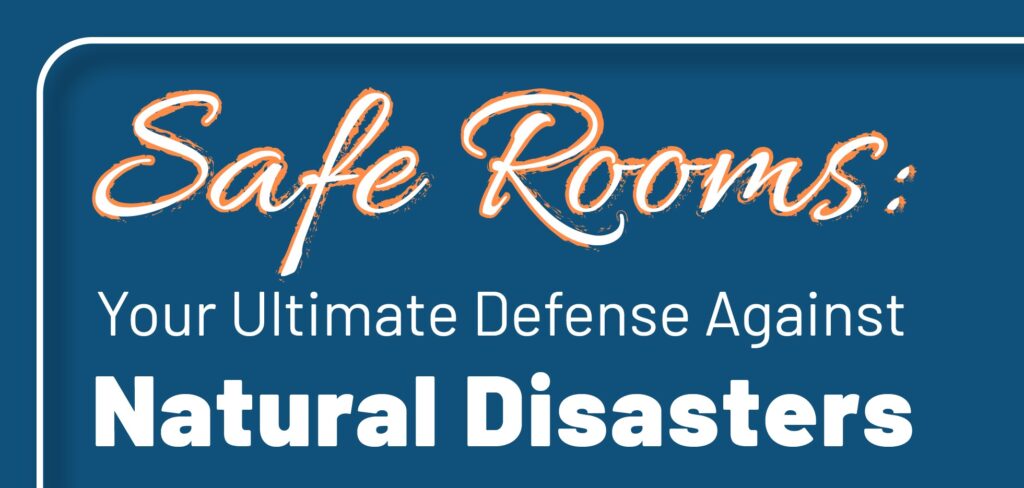
Learn about the importance of safe rooms as a robust defense strategy against natural disasters, particularly tornadoes and discover the key features and considerations for creating an effective safe room.
Tornado-Ready: Building Codes Essentials – Infograph
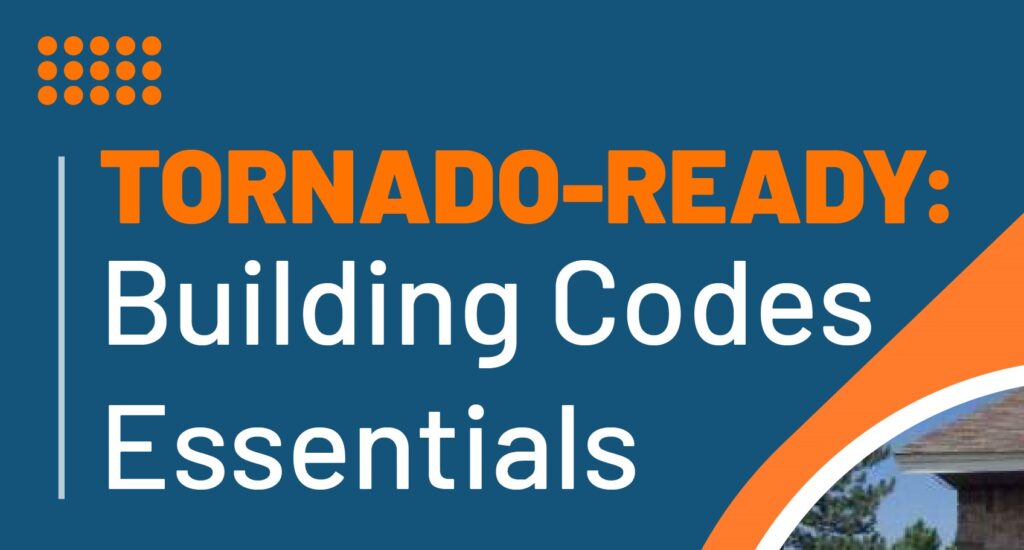
Explore the essential building codes that contribute to tornado readiness and understand the structural elements that enhance a building’s resilience in the face of tornadoes.
How to Keep Your Family Safe During a Thunderstorm

Thunderstorms can be a powerful force of nature, bringing heavy rain, lightning, strong winds, and even tornadoes. As a responsible family member, it’s important to take proactive measures to ensure the safety of your loved ones during a thunderstorm. Following a few essential steps can keep your family safe and protected. In this article, we will discuss […]
Tales and Superstitions: Storm Edition
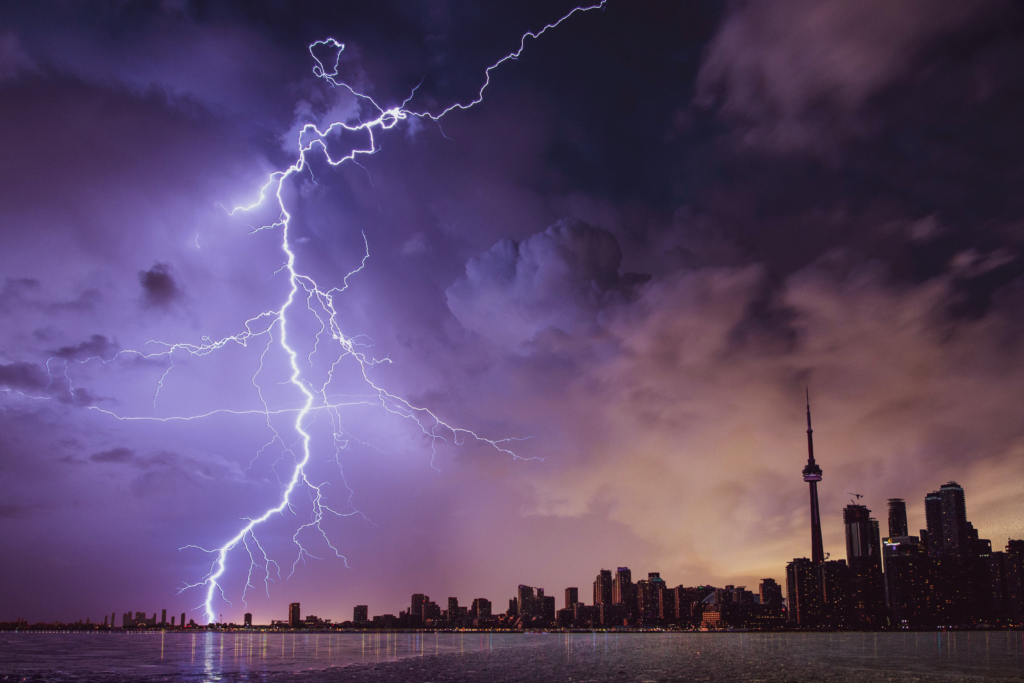
Storms have always held a mysterious, awe-inspiring quality that captivates our imagination. Throughout history, storms have been the subject of various tales and superstitions, reflecting the human fascination with the power of nature. In this blog, we delve into the captivating world of storm myths and superstitions, exploring the intriguing beliefs that have surrounded storms across different […]
Here’s What you Should Know About The Wind Speed Zones In The United States

It is important to discuss wind speed zones because they can determine the tornado intensities experienced in an area. For example, most of the US Tornado Alley lies in Zone IV ̶ the zone associated with the most extreme weather events. The intensity and duration of a tornado’s winds determine the scale and extent of the destruction. […]
Interview with a Safe Room Expert: Insights and Advice for Homeowners

Safe rooms are ideal for protecting yourself and your family from possible intruder attacks, natural disasters, and even nuclear attacks. However, as a homeowner, you likely have a thousand concerns and queries regarding the worth of safe rooms. We sat down with Safe Rooms US’s security and safe room expert, Chris R. Joey, to address your queries […]




